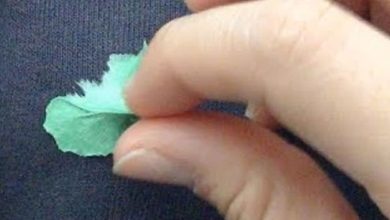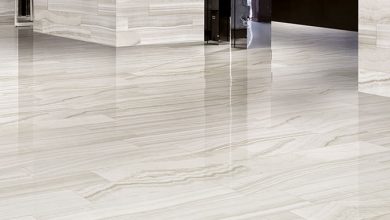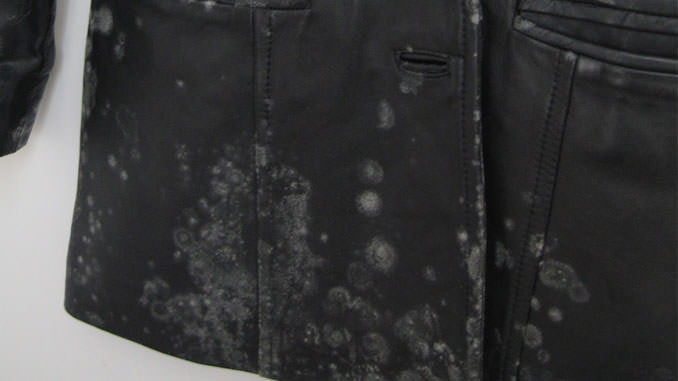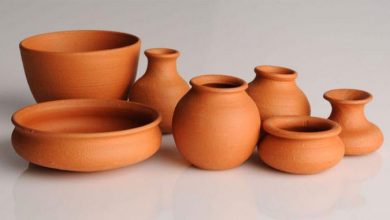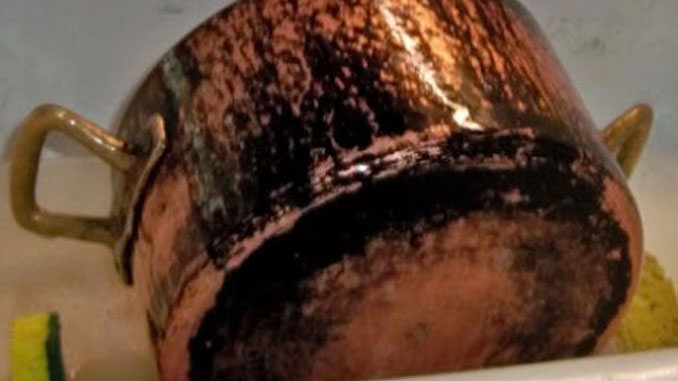
How to wash a burnt copper pot
Copper pots are rarely used today. Typically, these pots are found as ornaments in rustic rooms or in kitchens that want to give a personal touch to the environment. Someone still uses these pots for cooking, and of course, the risks are the same as those encountered with normal pots.
As with normal saucepans, when the internal coating is lost, that which prevents food from coming into contact with the saucepan’s material, or in this case copper, becomes dangerous.
For this reason, washing a copper pot must be very precise and not very invasive so as not to ruin the pot. Let’s see together how to wash a copper pot if it should be burned.
First of all, there are two techniques for washing copper pots, and both require readily available products. The first technique uses an acid-based liquid product that can lighten the surface of the pot. In contrast, the second technique uses abrasive substances such as pumice or the more known iron sponge or even the famous bicarbonate.
Baking soda, which is used for pots with burns, is associated with lemon in its use. Of course, bicarbonate is also an abrasive substance. It can give shine to the surface. You can also use a substance readily available in the kitchen: vinegar.
The latter, like bicarbonate, can give shine and also has disinfectant properties. In this case, we need to put some vinegar in the burnt pot and let it act for a few hours. Then we proceed by rinsing everything. If the burn persists, we can also use an abrasive cloth, impregnating it first with alcohol.
As mentioned before, we can also use non-abrasive substances. In fact, there are liquid products that easily solve the problem and restore brightness to the pot. Be careful though, many of these products corrode the pot and expose us to serious risk.
Instead, there is a natural liquid product that does not corrode the surface at all: pure ammonia. Just submerge the pot in pure ammonia and then rinse everything with a sponge. The results of these methods allow our pots to return to a true splendor.

